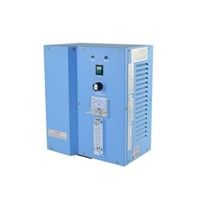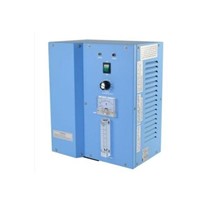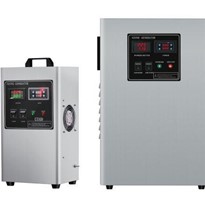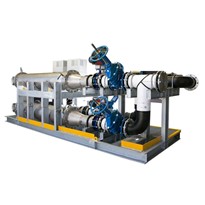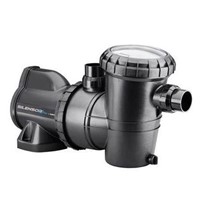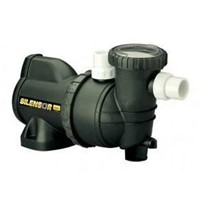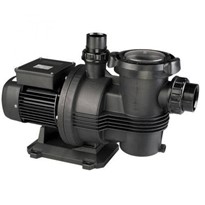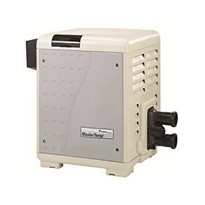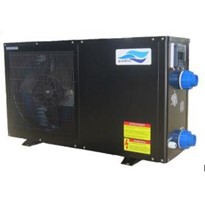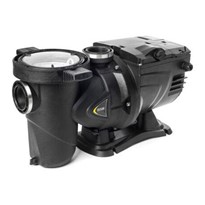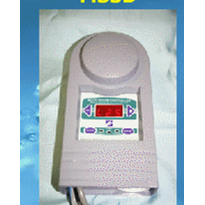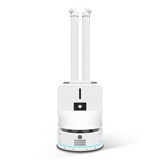Despite this lack of investment – or perhaps because of it – pool operating costs are spiralling, meaning many independent schools are having to open up their pools to the general public to generate extra income. This means higher bather loads than existing treatment systems can often cope with. Combined chlorine levels start to go up (especially if children or elderly people use the pool), requiring more chlorine dosing, which in turn requires more dilution, backwashing and water disposal – another major expense.
All these factors have been driving many independent schools to seriously consider shutting down their pools – not because they want to but because they feel they can no longer afford to keep them operational. So what is the solution?
Ultraviolet Disinfection treatment – the panacea?
Ultraviolet disinfection is now a well established method of water treatment for indoor municipal pools – in fact, it is often the first choice for new-build or renovated pools – due simply to its overwhelming advantages over all other technologies. It is also much cheaper to install, operate and maintain than ozone.
Ultraviolet not only destroys chloramines, the unpleasant by-products of chlorination, but is also a highly effective disinfectant in its own right, which means pool operators can drastically reduce chlorine usage (commonly down to 1.0ppm, or even less). Virtually no microorganisms are immune to UV, even chlorine-resistant pathogens. Another major benefit of ultraviolet disinfection is that it significantly reduces the need for backwashing and dilution, saving hundreds of pounds a month for pool operators.
Although the need for chlorine is greatly reduced with ultraviolet disinfection, small amounts are still needed to ensure residual disinfection. Chloramines are formed when free chlorine reacts with sweat or urine in pool water. Trichloramines in particular are powerful irritants which are responsible for eye and respiratory complaints and the unpleasant ‘chlorine smell' commonly associated with indoor pools. Chloramines are also corrosive and in time can lead to damage to pool buildings and structures such as ventilation ducts. Any water treatment system that reduces reliance on chlorine is therefore welcome.
A typical ultraviolet disinfection system consists of a UV lamp in a protective quartz sleeve which is mounted within a cylindrical stainless steel chamber. Pool water enters at one end and passes along the entire length of the chamber before exiting at the other end, receiving a dose of ultraviolet energy along the way.
Significant cost savings
Taking into account water costs, heating, chemicals and actual discharge costs the cost per cubic meter of pool water is increasing. By using UV, which significantly cuts chlorine usage, the requirement for backwashing and dilution is greatly reduced. Even old pools can reduce costs by hundreds of dollars per month by switching to UV, with payback for the initial investment in UV coming within two years. For many pool operators this saving may be the most compelling reason for installing UV.
A link between chloramines and childhood asthma?
A recent study in Belgium appears to confirm earlier research linking chlorine by-products in indoor swimming pools with asthma in children (references 1 and 2). The researchers at the Catholic University of Louvain analysed the rates of wheezing, asthma and other ailments in almost 190,000 13 and 14 year olds in 21 European countries. The results showed rates of asthma and wheezing rose by around 2.7 per cent and 3.39 per cent respectively among regular indoor pool users. In some cases the damage was equivalent to that found in heavy smokers. Even people sitting at the sides of pools, such as lifeguards and instructors, were found to be at risk.
The symptoms are caused, the researchers believe, by chloramines – particularly trichloramines. The problem is potentially so serious that the study's authors suggested pool operators should seriously consider alternatives to purely chlorine-based disinfection. They also recommended better ventilation to help remove chloramine-laden air from pool surroundings, improved hygiene practices by bathers themselves – such as showering before swimming – and the regular renewal of pool water.
While further research is needed, these findings add further credence to the importance of reducing chloramines as much as possible. Heavy load pools can operate very safely at residual chlorine concentrations of 1.0ppm, while low load pools can easily function at concentrations as low as 0.4ppm if the German DIN standard code is adhered to. Given that combined chlorine will probably be below 0.3ppm, most pool users won't even be aware that there is any chlorine in the water at all.
For more information on UV disinfection for indoor swimming pools, hydrotherapy pools to commercial pools feel free to call or email us for a direct reply.



